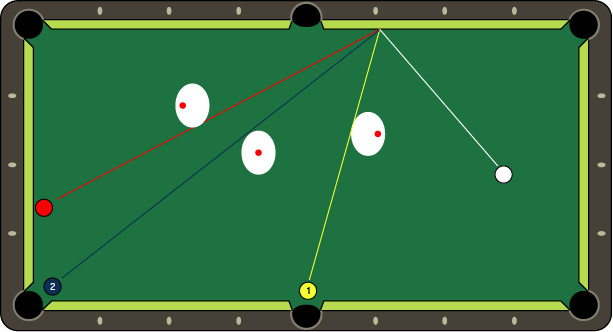
In the 15th Century, billiards started as a game of croquet on the lawn. Players used a "mace" to hit balls. The mace was a long wooden stick. The head of a mace could not be used near rails because it was too bulky. Players would eventually use chalk to increase friction.
After the Industrial Revolution, billiards was a popular leisure activity. It was very popular with both men and ladies. It was very popular with soldiers in both World Wars. It was also enjoyed by all classes, even royalty. Billiards became a popular game in the early 20th century and tournaments were regularly held.
Michael Phelan, a native of Ireland, is widely considered to be the father and founder of American pool. He helped set rules and regulations and also wrote the first American book on billiards. He also developed new table and cushion designs. J.M. was eventually his partner. Brunswick & Balke, and created the Brunswick-Balke-Collender company. The company dominated the billiards business for two decades. They controlled all aspects.

The table's first version had vertical walls to support the rails. In the early 1900s, this design was modified to make it more easily recognisable. It had a hole in the center for the cue ball. It was covered with velvet fabric. This was a soft fabric which protected the table.
Billiards evolved over time from a lawn-game to a more modern table that has six pockets. The main purpose of the game was to avoid knocking over the 'king'. Players could also choose to pot opponents' balls, or return them to the original spots.
The balls were made from wood or ivory in the past. These balls are now made of phenolic resin and polyester. The ball is also waterproof. These balls are also available in plastic and acrylic. In the 1920s, it was hard for women to get into the pool room.
Billiards was popularized in the early 1900s by the lower classes. But the high cost of tables and equipment made it prohibitive. It was still predominantly played by European elites. According to industry statistics, 2015 saw the highest table sales ever.

Billiards requires different skill levels. Billiards can take more time than other games. Some people argue that the game of billiards originated from croquet. However, this assertion is not supported. Billiards has evolved into an exciting game that many people enjoy and is the basis for many others.
The game was popular during the late 1800s and into the early 1900s, especially among soldiers. The price of the equipment fell and standardization was introduced to the sizes of the tables. Billiards was the first sport to host a world championship. It continued to be popular with veterans during both World Wars.
Billiards started to lose popularity in the 1950s. In the early 2000s, though, billiards returned to popularity.